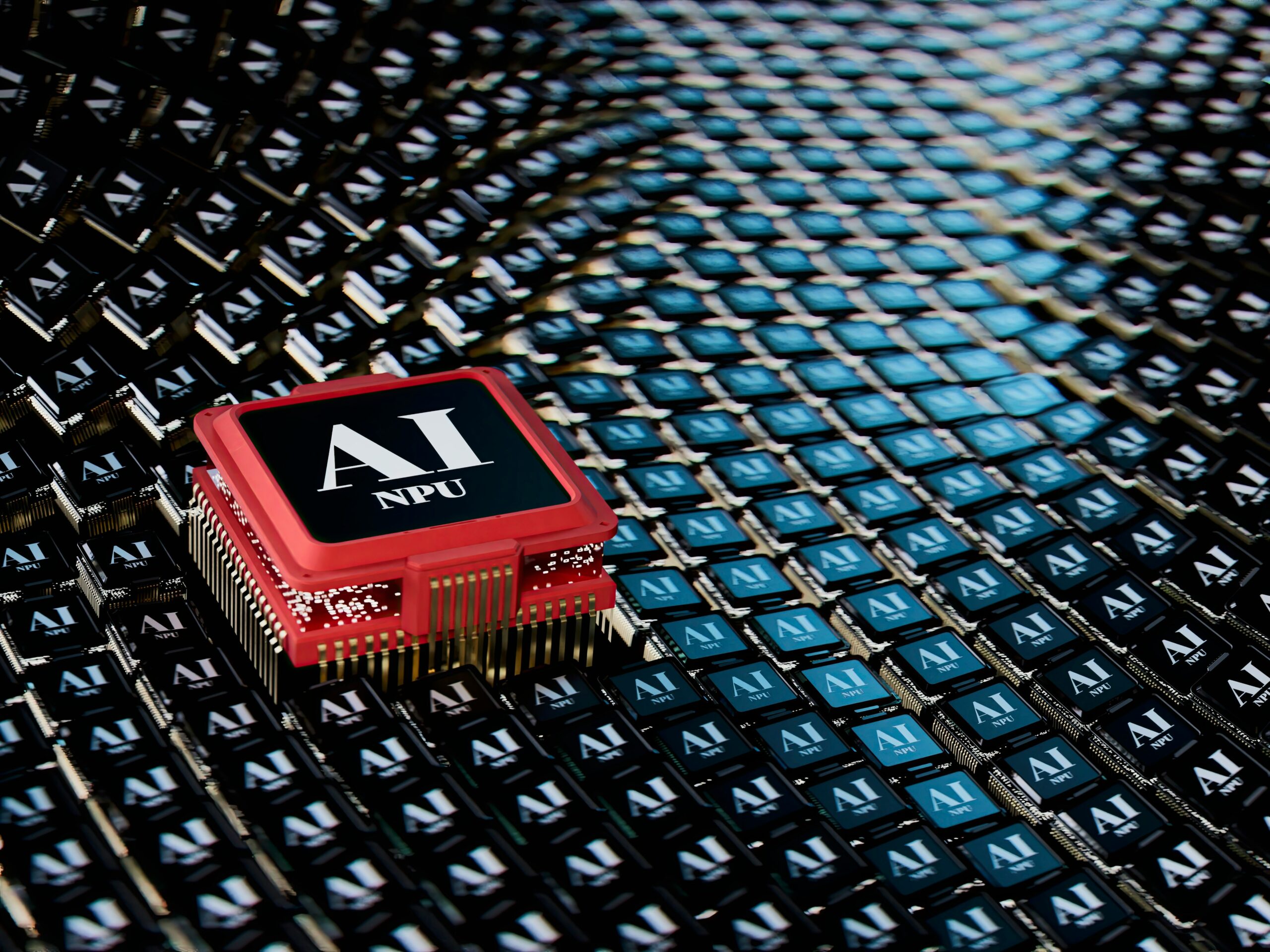How Smart Cities Are Shaping the Future of Urban Living
In the age of rapid urbanization, cities around the world are turning to technology to solve age-old problems. From traffic congestion and pollution to inefficient resource management, urban centers face increasing pressure to innovate. Enter smart cities: digitally connected ecosystems designed to improve the quality of life for residents while optimizing sustainability and operational efficiency.
A smart city uses data and digital technologies to enhance performance in areas such as transportation, energy, healthcare, and governance. The ultimate goal is to create urban environments that are more livable, inclusive, and resilient. But smartness goes beyond just deploying tech it’s about weaving it into the very fabric of urban planning, public services, and civic interaction.
The Pillars of a Smart City
Smart cities rest on a framework of interconnected principles and technologies. At their core, they blend innovation, data, and sustainability to transform how cities function and how people experience them.
Digital Infrastructure: Smart cities rely on a network of sensors, IoT devices, and cloud computing to gather real-time data. This data helps city officials make informed decisions about traffic flow, energy consumption, waste management, and more.
Sustainable Energy and Environment: From smart grids to energy-efficient buildings, sustainability is at the core of smart city development. Cities like Copenhagen and Singapore are leveraging technology to reduce carbon emissions and promote clean energy.
Intelligent Transportation Systems: Public transit powered by AI and real-time tracking is making commuting more efficient. Autonomous vehicles, bike-sharing apps, and smart traffic lights are all part of the equation.
E-Governance and Civic Engagement: Smart governance includes online platforms where residents can report issues, pay bills, or participate in decision-making processes. Transparency and accessibility are key components.
Global Leaders in Smart City Innovation
Smart cities are no longer a concept of the future—they’re real, functioning ecosystems being developed around the globe. Cities like Barcelona, Dubai, and Helsinki are reimagining how people interact with public services and infrastructure. Barcelona’s smart lighting systems reduce electricity costs and improve safety, while Dubai’s use of blockchain streamlines public services and cuts down bureaucratic delays.
Meanwhile, Songdo in South Korea was built from the ground up as a smart city, with integrated systems controlling everything from traffic to waste disposal. These cities are not only leading in technology deployment but also demonstrating how to align tech with inclusive urban policies.
Smart Utilities: The Backbone of Urban Sustainability
A critical aspect of any smart city is its ability to deliver efficient, sustainable energy solutions. Utility companies like K-Electric are pioneering this shift by integrating smart grids, real-time monitoring, and AI-driven analytics into their operations. In cities like Karachi, K-Electric’s investments in digital infrastructure and predictive maintenance are reducing energy losses and enhancing grid reliability—core elements of a truly smart city. Their approach not only ensures consistent power delivery but also aligns with broader urban goals like reducing carbon emissions and optimizing resource use. As more urban centers look to replicate such models, smart utilities will continue to be the foundation of sustainable and intelligent urban development.
Benefits for Citizens and Businesses
The impact of smart city technology is deeply human. For citizens, it means cities that work with them—not against them. It means smoother commutes, safer streets, cleaner air, and more responsive public services. It means being able to use a mobile app to report a pothole, track a bus in real-time, or schedule a doctor’s appointment.
For businesses, smart cities offer fertile ground for innovation. Data analytics provide companies with insights into consumer behavior, traffic patterns, and infrastructure needs, enabling better decision-making. Logistics firms can optimize delivery routes. Tech startups can pilot new services. Real estate investors are drawn to cities where efficient infrastructure boosts livability.
Ultimately, smart cities become ecosystems where quality of life and economic opportunity grow in tandem.
Challenges and Ethical Considerations
As exciting as smart cities are, they are not without challenges. One of the most pressing issues is data privacy. With so many sensors and devices collecting data, who owns this information, and how is it protected? Transparency and accountability must be built into smart city governance from the start.
Another concern is the digital divide. Not all residents have equal access to technology or digital literacy. If smart city infrastructure doesn’t include everyone, it risks deepening existing inequalities.
And then there’s cybersecurity. As more systems go online, they become potential targets for hacking. Securing the digital backbone of a city is not a one-time task but an ongoing responsibility.
Policymakers must approach smart city development with a human-first perspective—tech must enhance equity, not undermine it.
Future Outlook: What Lies Ahead?
Looking ahead, the smart cities of the future will be even more personalized and participatory. Imagine AI not just managing traffic but anticipating public health crises. Imagine AR tools helping tourists navigate cities in their native languages. Imagine local councils using blockchain to enable secure, real-time voting on community issues.
With the advent of 5G, edge computing, and machine learning, cities will move toward predictive governance—anticipating needs and responding in real-time. Climate-responsive architecture, smart energy storage, and carbon-neutral developments will become mainstream.
More importantly, the future of smart cities will be collaborative. Civic tech projects will bring citizens into the design process, ensuring that innovation reflects real needs, not just abstract ideas. The key will be listening—using data to guide decisions while ensuring the human voice remains central.
Conclusion: Toward a Smarter, Greener Future
Smart cities are not just about technology—they’re about people. They represent the possibility of cities that are safer, cleaner, more inclusive, and more efficient. By embracing both technological advancement and human-centered design, we have the opportunity to build urban spaces that truly work for everyone.
As we reimagine urban life, let’s ensure that the future city is not just smart—but wise.

